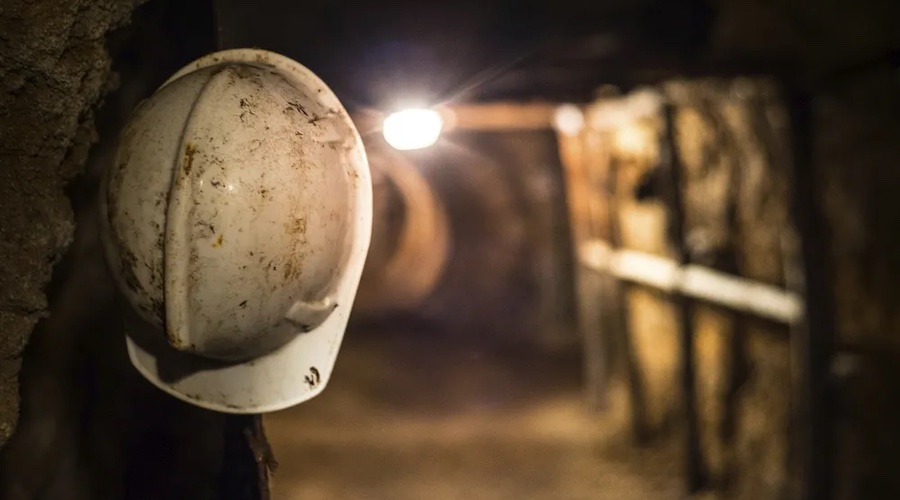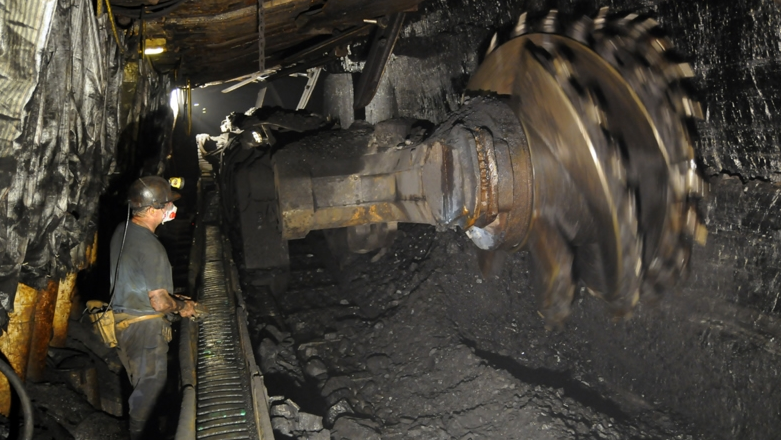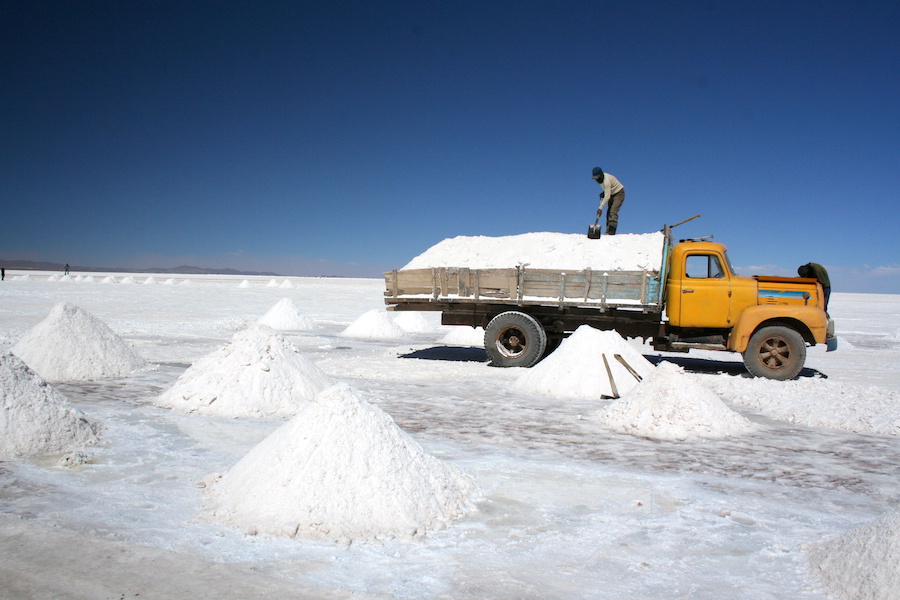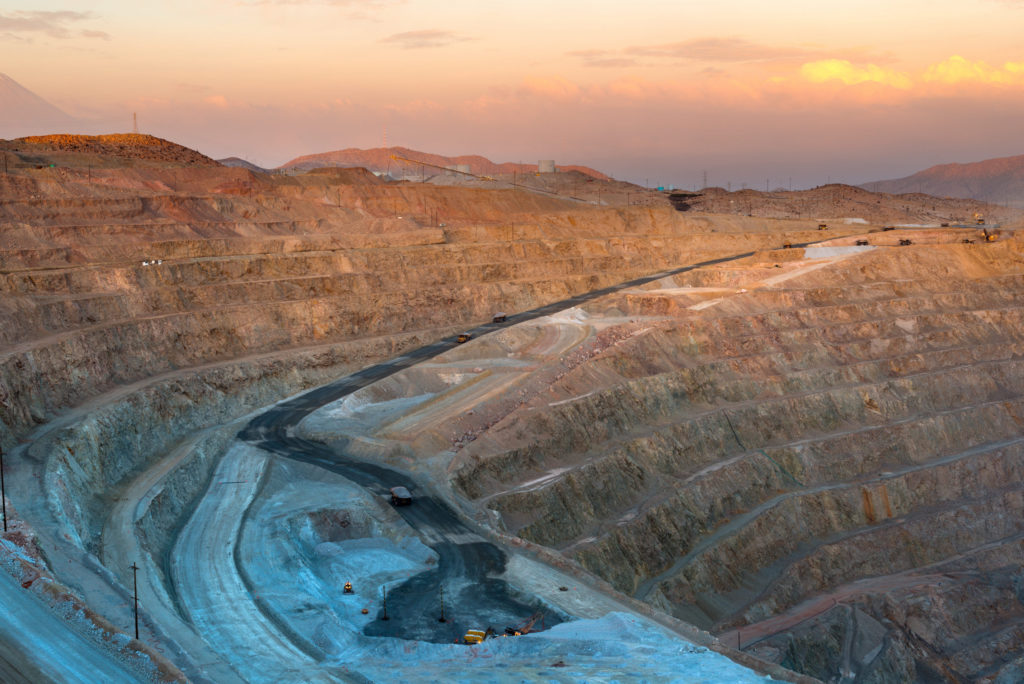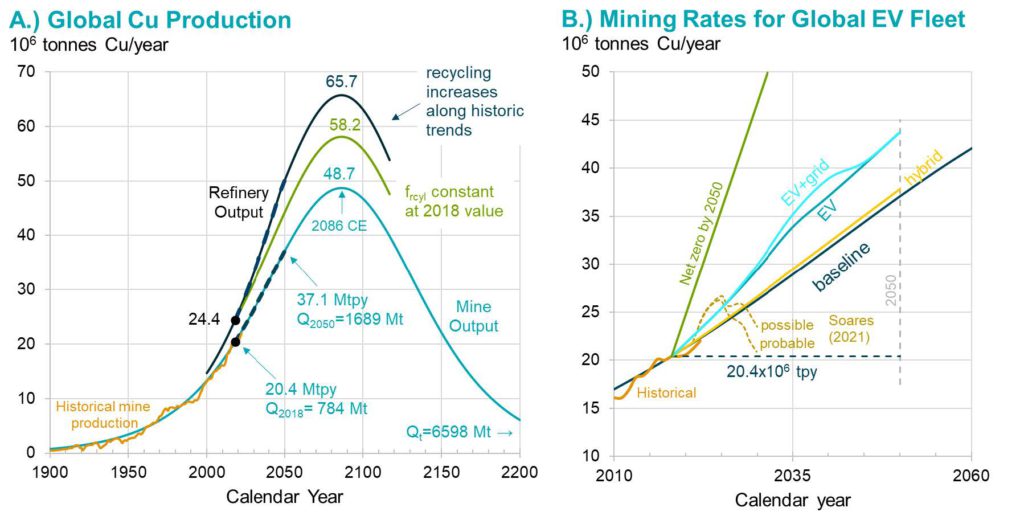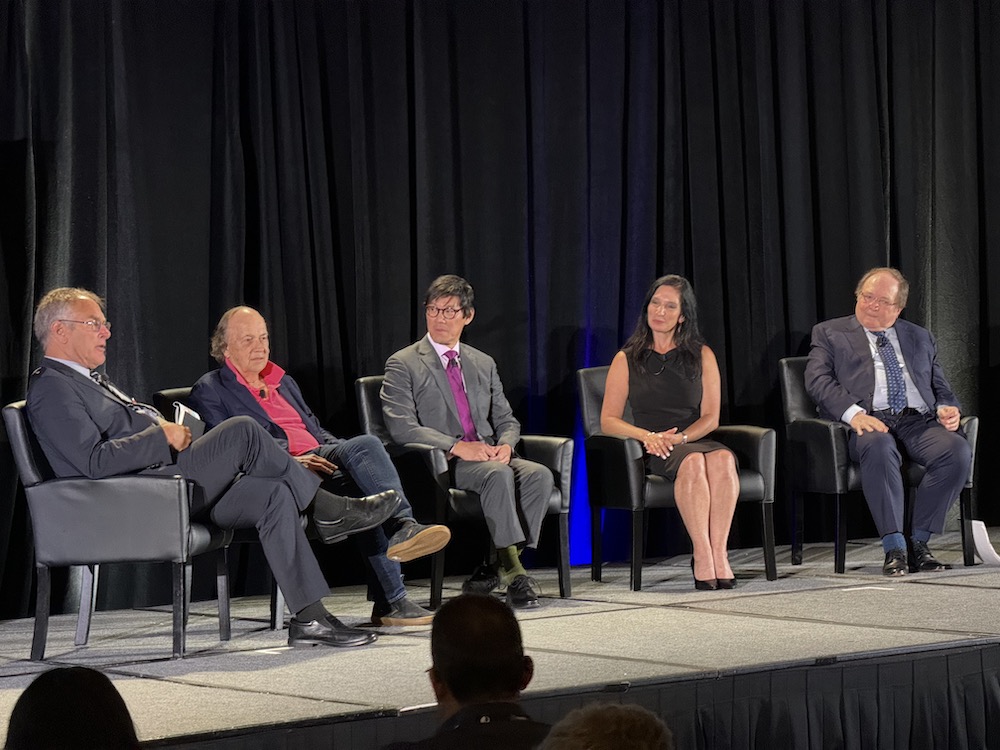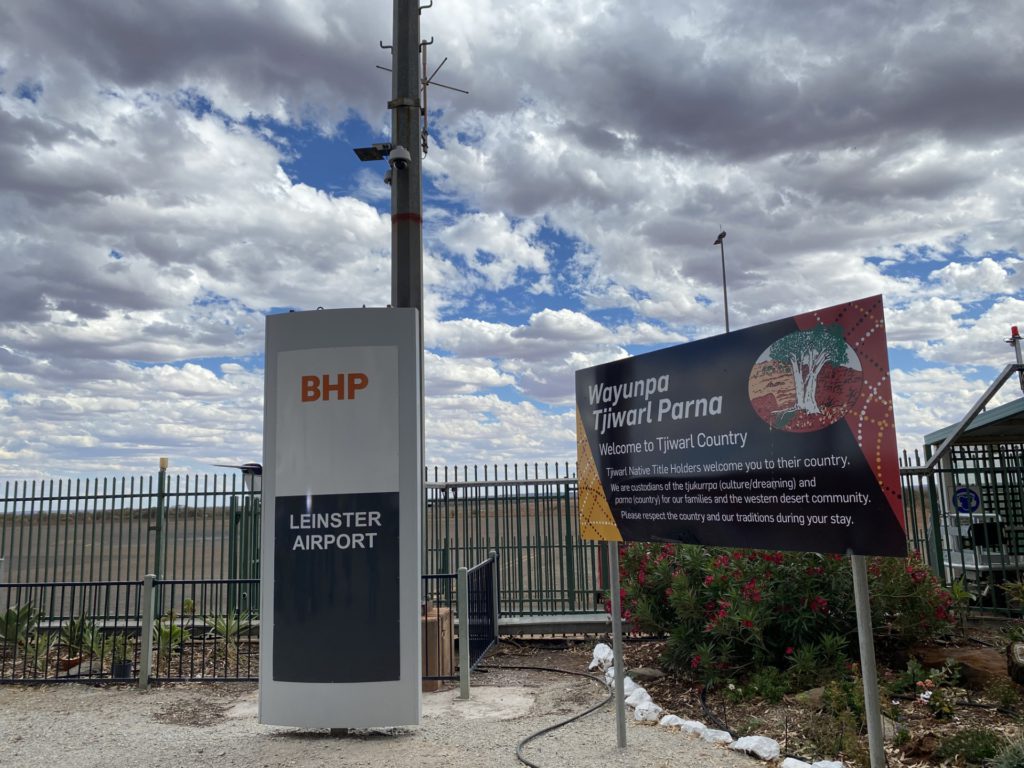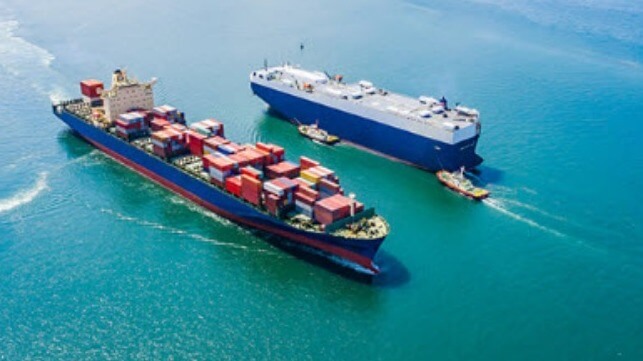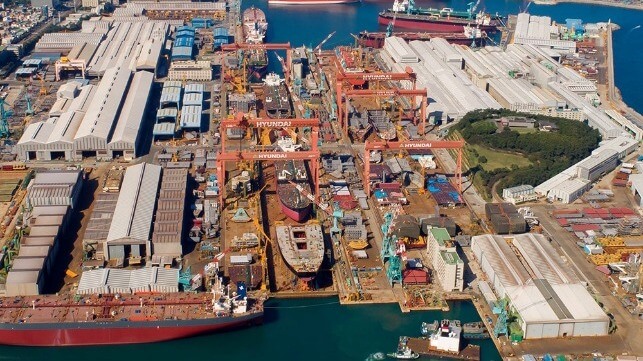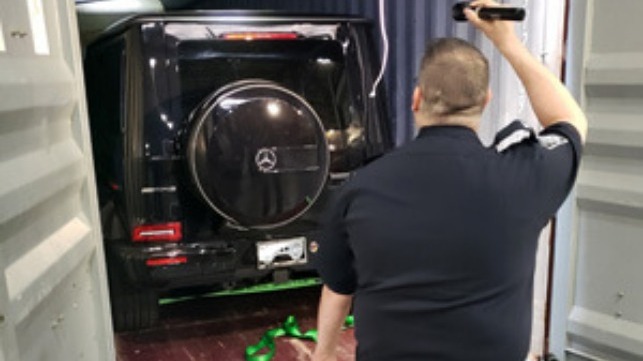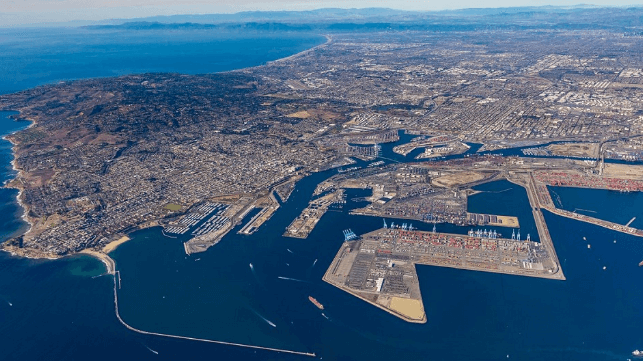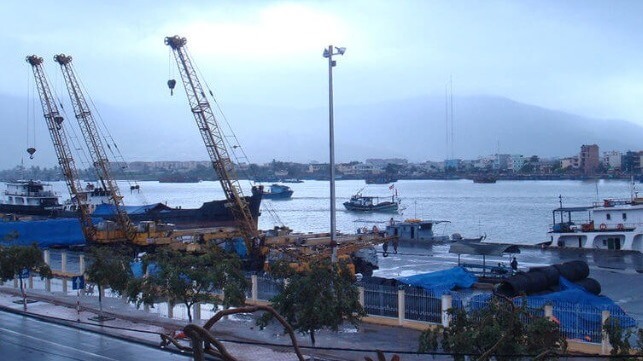Teck Coal charged for alleged dumping harmful to fish in B.C
Environment Canada said the charges stem from an investigation that began in March 2023
Environment Canada has laid five charges against Teck Coal Limited after the company was alleged to have dumped harmful substances into waters frequented by fish in southeastern B.C.
The department says the charges for violations of the Fisheries Act stem from an investigation that began in March 2023.
It says officers were looking into an allegation that the resource company deposited a substance into Dry Creek from its Line Creek Operations coal mine and into the adjacent Fording River. Both bodies of water are frequented by fish, according to the ministry.
Environment Canada says a so-called deleterious substance can include oil, chemicals and pesticides that, if added to water, would degrade or alter the water quality to the point that it could harm fish.
Prior to this legal challenge, Teck Coal had also been fined tens of millions of dollars for contaminating waterways in B.C. over the years.
The five recent charges against the company have not been tested in court. The ministry's news release does not indicate a court date.
On Thursday, Teck also announced that the company has closed the sale of its B.C. coal mining operations to Glencore. When reached for comment, the spokesperson for Teck referred CBC News to the Swiss commodities giant.
Glencore said in a statement to CBC News that the Elk Valley Resources business will be liable for any penalties payable from the charges.
"We will not comment further on ongoing legal matters but will honour the commitments made under the ICA and note that EVR has made significant progress in advancing the Elk Valley Water Quality Plan and will continue these efforts," the statement said.
With files from Alex Nguyen
Environment and Climate Change Canada Enforcement lays five charges for contraventions of subsection 36(3) of the Fisheries Act
NEWS PROVIDED BY
Jul 11, 2024,
CRANBROOK, BC, July 11, 2024 /CNW/ - The Government of Canada is committed to protecting the health, safety, and environment of Canadians. Environment and Climate Change Canada enforces the laws that protect the air, water, and natural environment in Canada, and it takes pollution incidents and threats to the environment very seriously.
On July 10, 2024, Environment and Climate Change Canada Enforcement laid five charges against Teck Coal Limited for contraventions of subsection 36(3) of the Fisheries Act. Under subsection 36(3) of the Fisheries Act, it is prohibited to deposit or to permit the deposit of a deleterious (harmful) substance into water frequented by fish, or in any place where the deleterious substance may enter any such water.
The charges stem from an investigation opened by Environment and Climate Change Canada enforcement officers on March 7, 2023. The investigation was conducted into alleged deleterious (harmful) deposits into Dry Creek on Teck Coal Limited's Line Creek Operations Mine in British Columbia, and the adjacent Fording River.
All charges are currently before the Court, and they have not yet been proven. Under Canadian law, those charged are presumed innocent until proven guilty. Therefore, Environment and Climate Change Canada will not be commenting further at this time.
Environment and Climate Change Canada has created a free subscription service to help Canadians stay current with what the Government of Canada is doing to protect the natural environment.
Quick factsEnvironment and Climate Change Canada enforcement officers are responsible for administering and enforcing the pollution prevention provisions of the Fisheries Act.
Dry Creek and the Fording River are waters frequented by fish, as defined under the Fisheries Act.
Mining of coal can create large volumes of waste rock that, when exposed to water and air, may accelerate the release of contaminants including (but not limited to) selenium and nitrate.
A deleterious substance can be any substance such as oil, chemicals, and pesticides that if added to water would degrade or alter the water quality to the point that it could harm fish.
The Fisheries Act allows for two types of charges —those by summary conviction and the other by indictment. The charges against the company were laid by indictment. Offences charged by indictment are deemed more serious.
Associated linksFisheries Act (Pollution Prevention Provisions)
Frequently Asked Questions: Fisheries Act Pollution Prevention Provisions
Testing for Toxicity to Fish
Environment and Climate Change Canada's X (Twitter) page
Environment and Climate Change Canada's Facebook page
SOURCE Environment and Climate Change Canada



